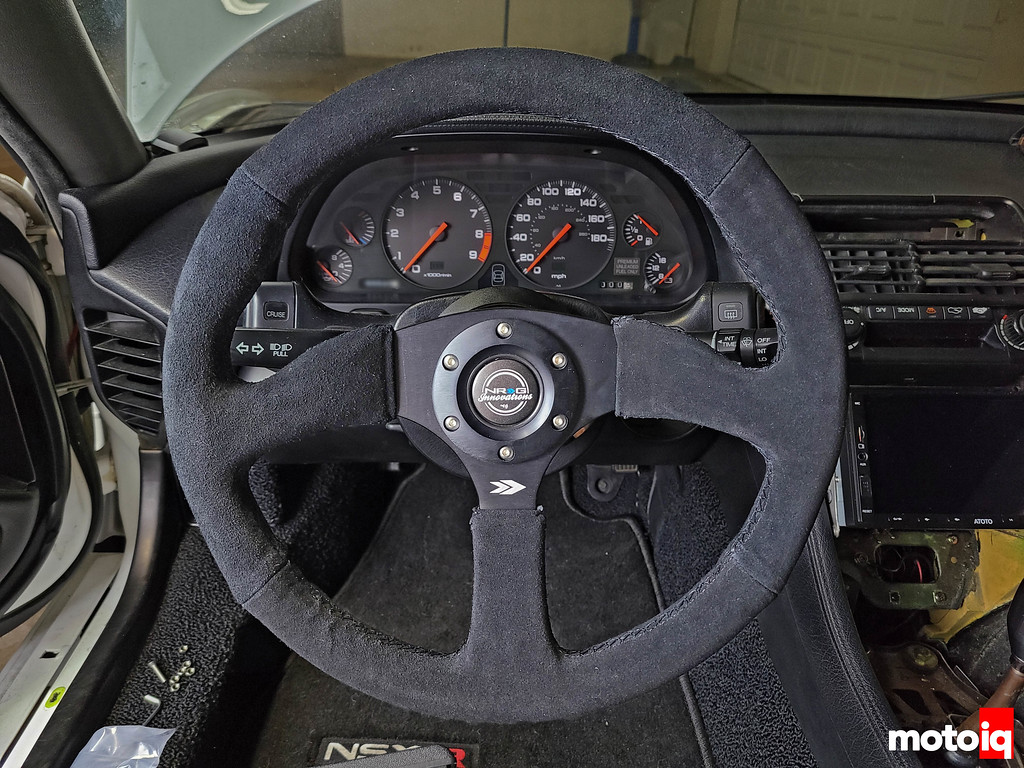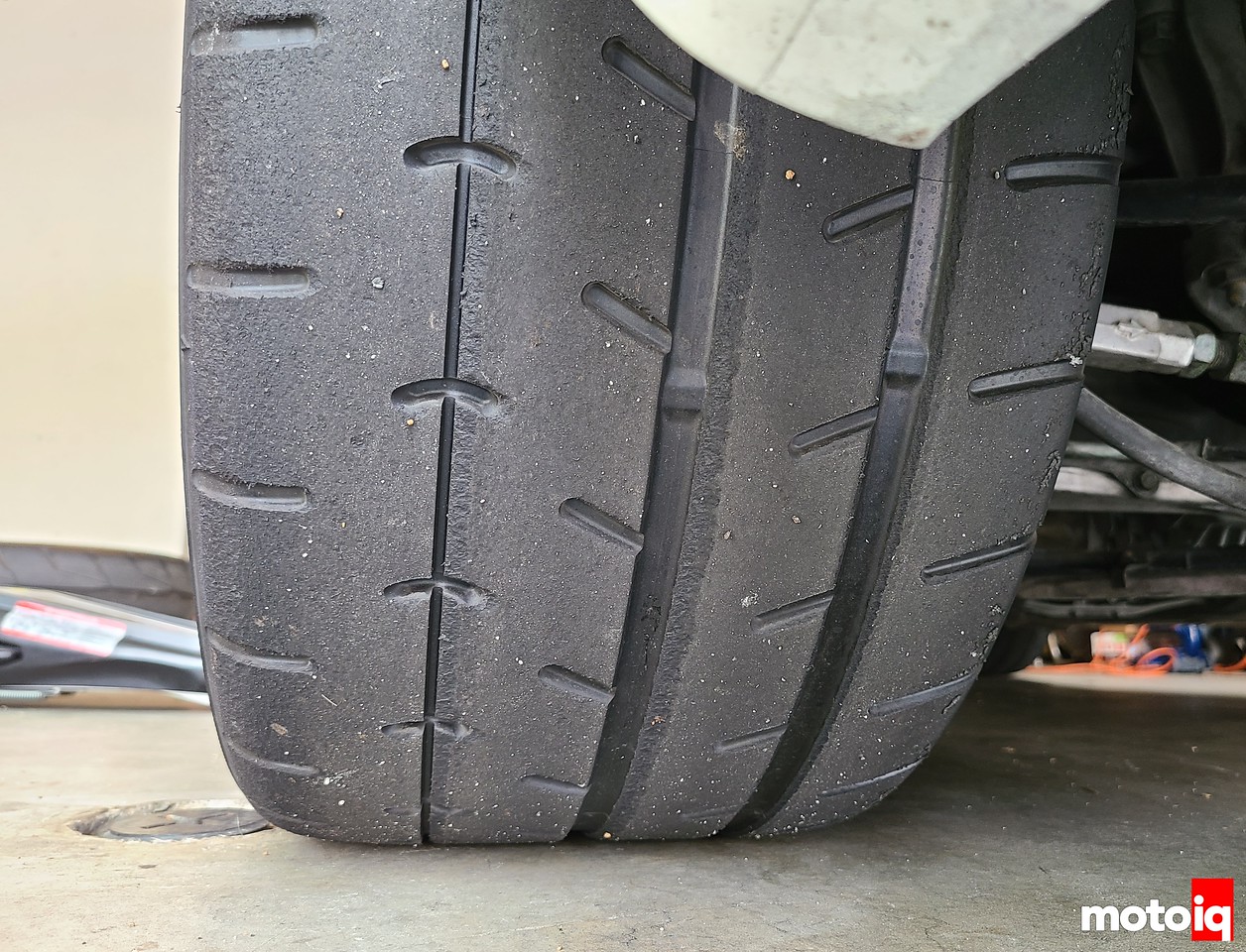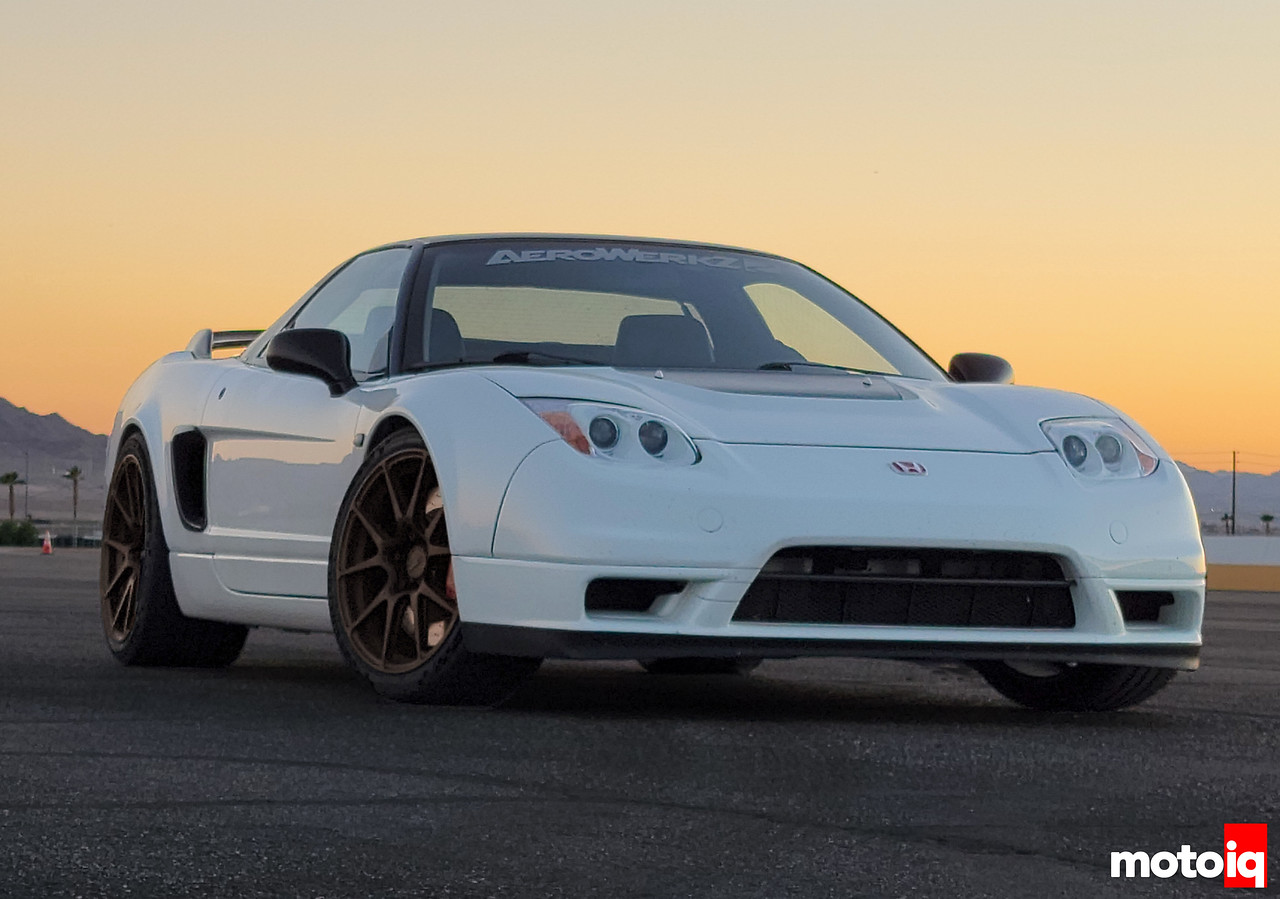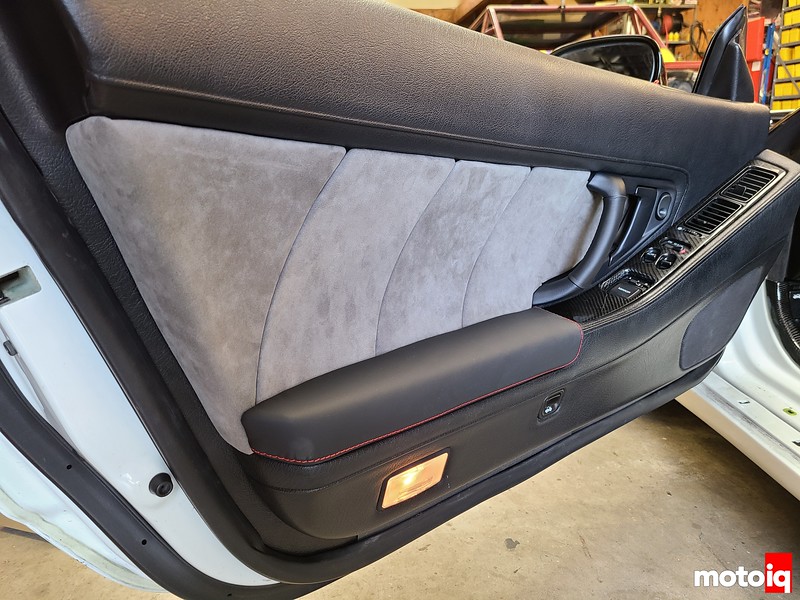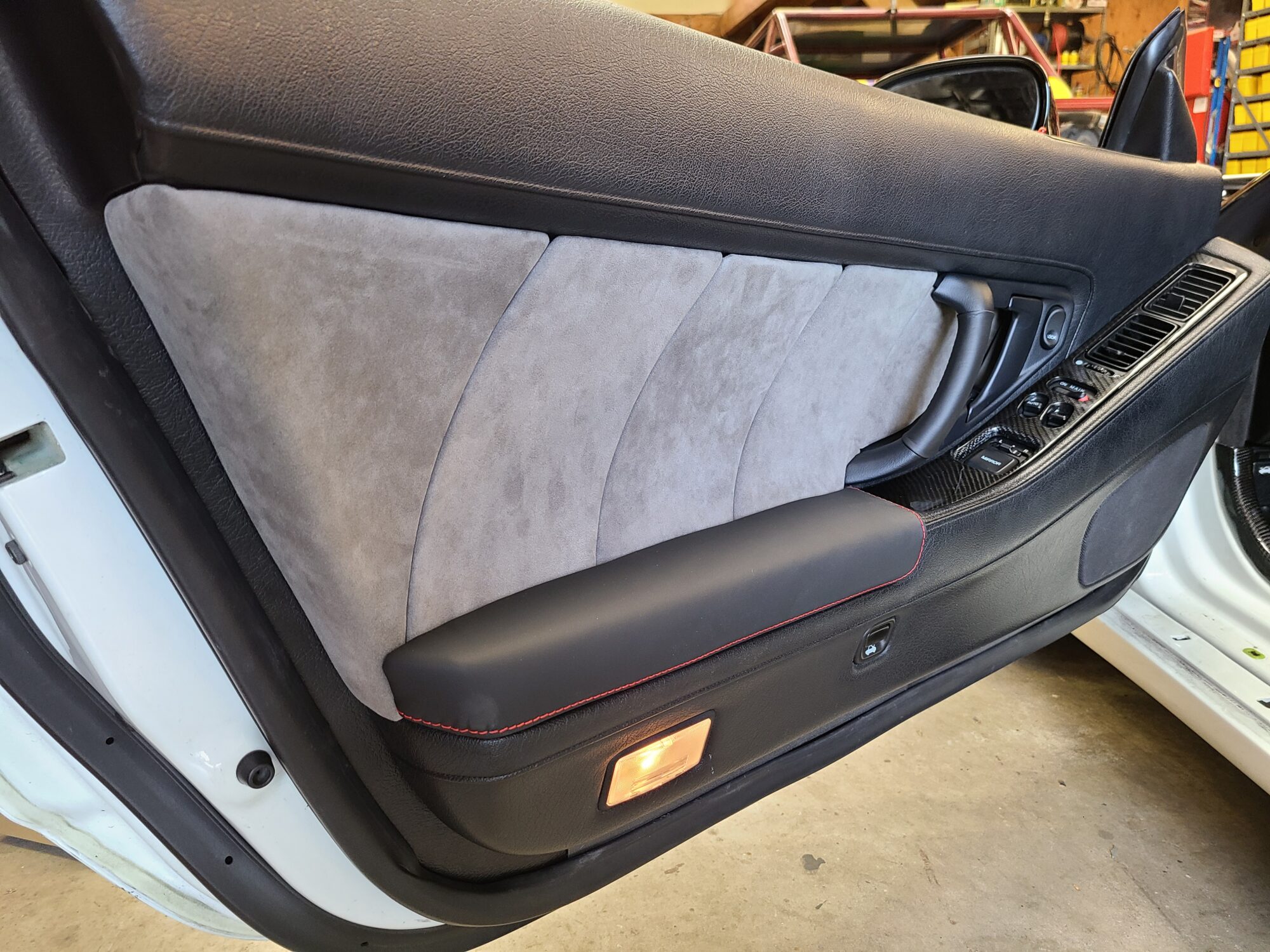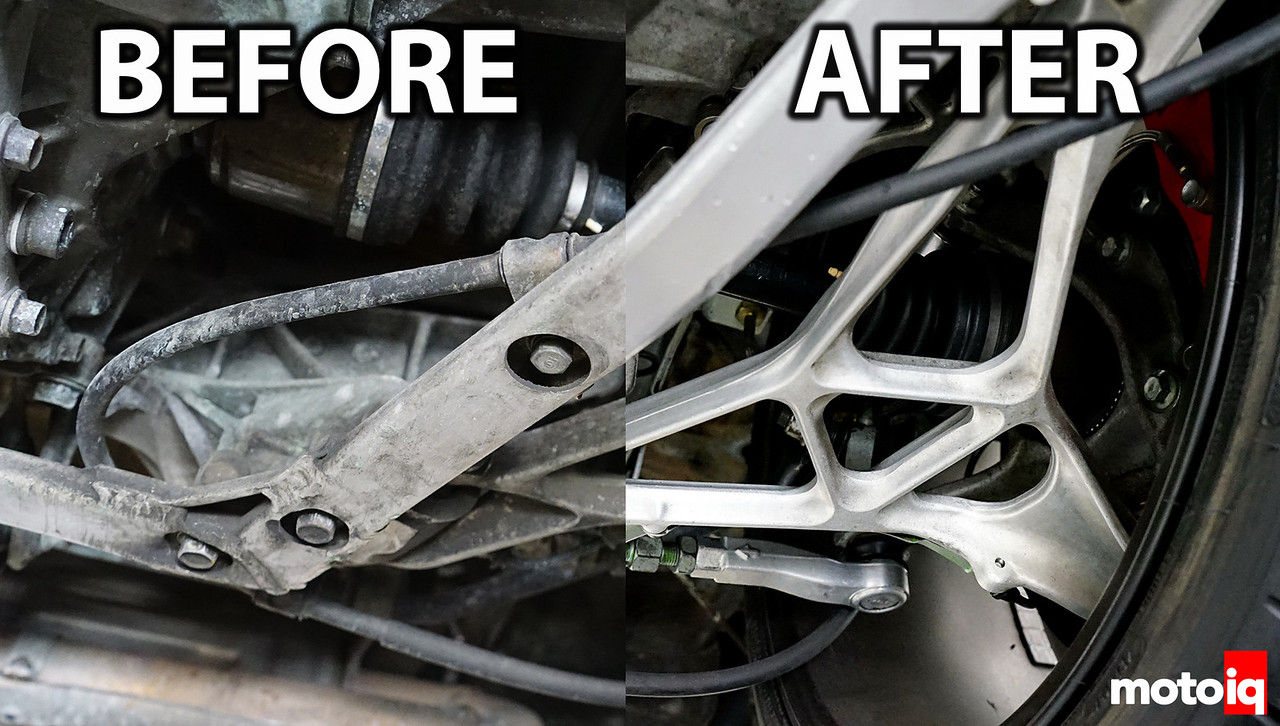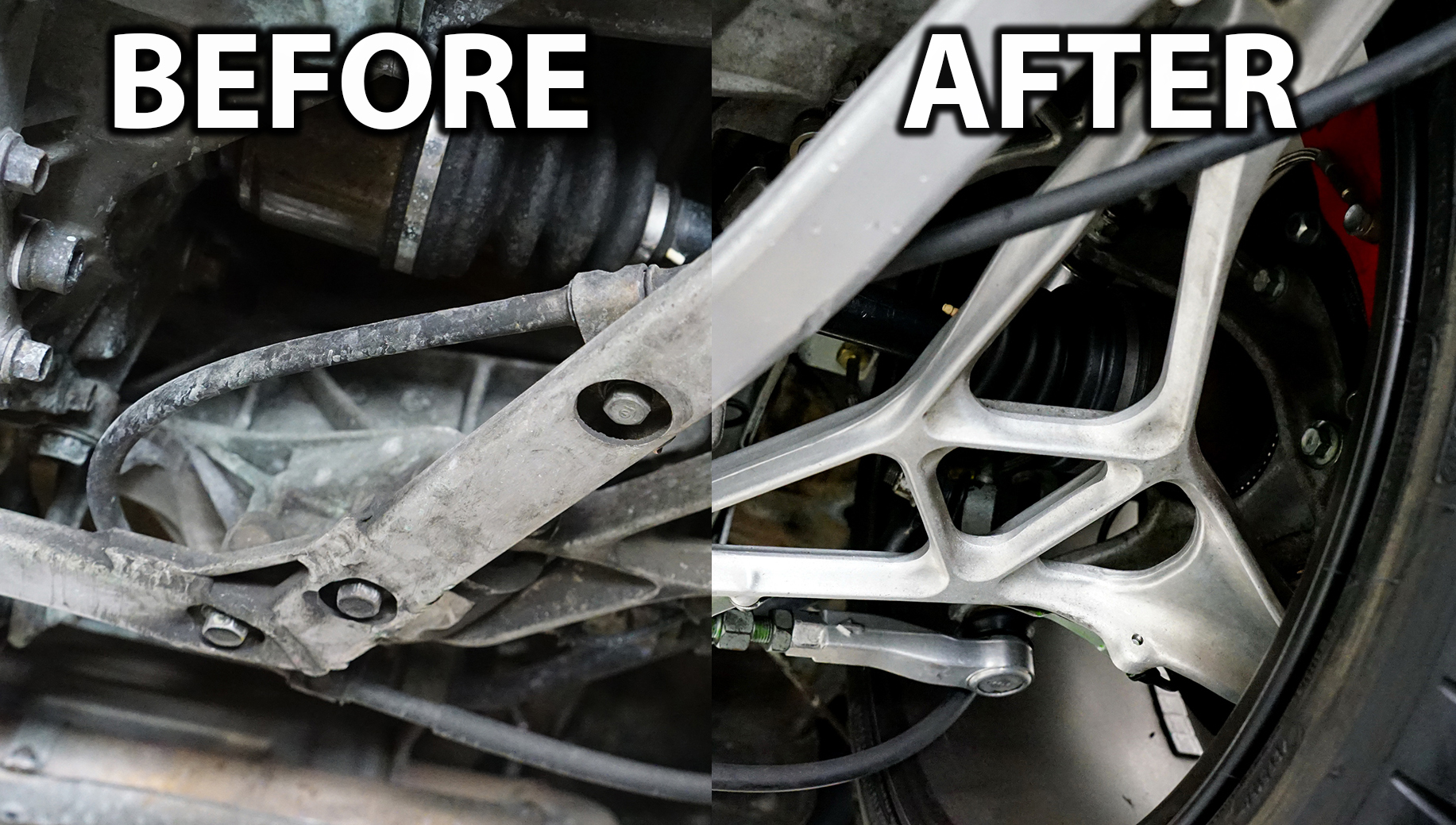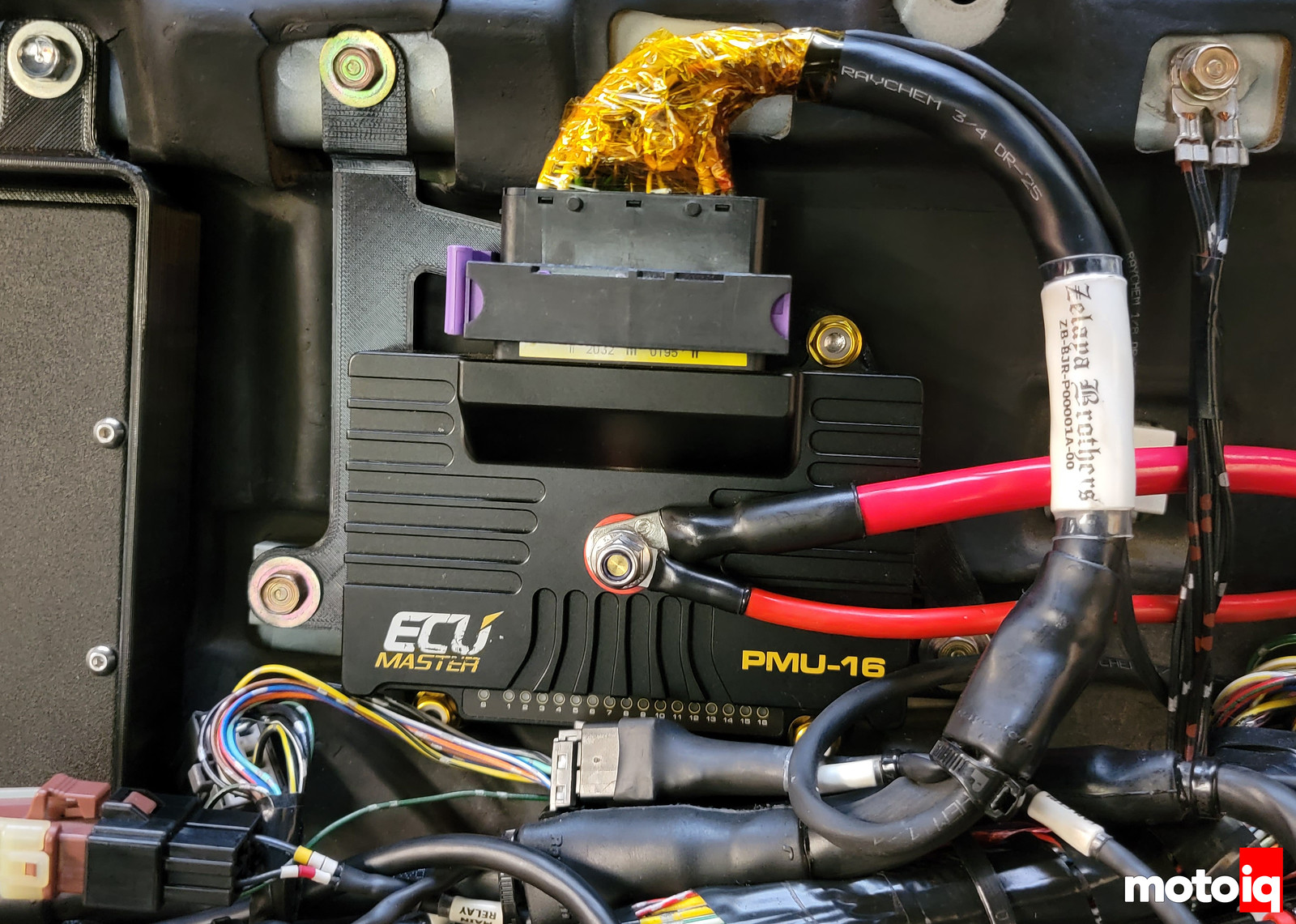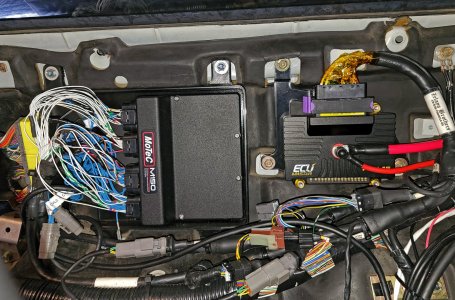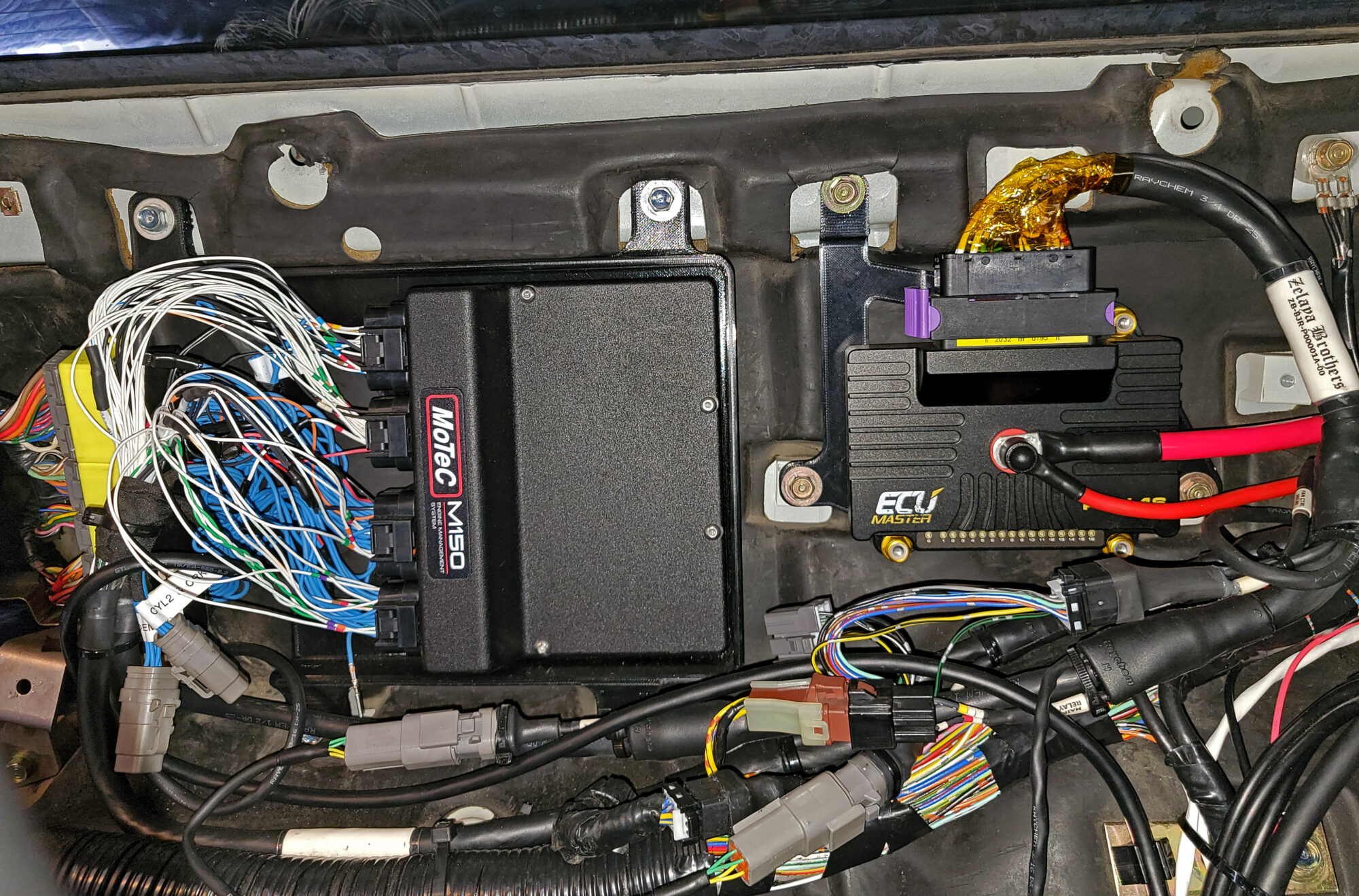Wow Billy, I'm amazed at how you were able to make such huge wheels look so OEM! 305's!
Thank you! That was the goal.
Really nice article and very detailed information there! Thanks Billy!
Even if they are not same sizes I’m very curious to know your opinion on Michelin Cup 2 VS Yokohama A052, and times around the track!
Thank you for the feedback!
I'll be track testing them friday. Stay tuned!
@
stuntman Hey Billy, Is there a point where the bigger the tire you go it's just diminishing returns after? Especially w/o added aero or even weight in the car? If so, would you go with even wider tires if you could?
A Senna for example has 245/315 but comparatively has a lot more aero than your NSX. Perhaps, you're thinking of adding a lot more aero? How does one figure out where the balance is? I mean at some point at the extremes, it's probably just adding unsprung weight w/o any benefit when the tires get so huge? I know you lost unsprung weight in this exercise which is amazing. It's just an example of say putting 295/345 where it's just arguably too big? Eager to hear your thoughts. Thx
There is always a point of diminishing returns for everything. Aero isn't a prerequisite for running wide tires, but to answer your question - you would need to go back to my article on How to Size tire for Performance:
https://motoiq.com/how-to-properly-select-and-size-tires-for-performance/
For my car, I wanted the street/track balance of performance of the Cup 2 tire. The NSX is an oversteering platform when lowered (due to the roll center migration of the car's geometry -something that I want to develop an (expensive) solution to fix) and can often benefit from running wider rear tires. 235 width front tires are common for tracked NSXs. 265-275 width rears are common as well but not wide enough. 235/295 has personally been a better setup for 300hp on up to 600hp+ cars IMO. Since there was no good 235 width solutions in an 18" tire and since there's only 1 225 width tire option and I didn't want to go down to 215; 245 was the best size and offers many tire options and is just slightly wider than the 235 norm. 315 isn't much wider than the 295 rear width that I like and is also readily available.
For Time Attack, even a 265 width front tire could develop more front grip and be faster. It really comes down to the tire you're running and making sure to keep it in its operating range. Size it too small and overheat the tire, and you lose grip. Size the tire too wide so it doesn't heat up to its operating range, then it will not make as much grip and also have less grip. I sized the Cup 2s according to my testing and what coincides with a lot of modern supercars (for a reason).
I've always been taught that grip is a function of power- the more power you put down, the more speed you can carry, which means the more lateral G you can put on the chassis. Thus, for the standard (276hp) NSX, the common wisdom was that larger tires (or put another way, a larger contact patch) weren't really necessary and you were better off selecting a stickier compound if you wanted better lap times. I think Billy is planning on a turbo setup, so that goes out the window and it makes sense to me why he needs larger rubber.
The other thing that nobody seems to think about with the NSX when adding lateral grip is the oil pan. It's a real issue. Though, I think Billy is running a dry sump. I'm also eager to hear his thoughts.

Acceleration grip and speed does not really translate to the later grip potential of a tire. Most corners are slower than the straightaways; so the lateral Gs aren't dictated by how much power you can put down.
If grip and track performance is the priority, then choosing the stickiest tire possible is the number one factor (as mentioned in the link above for sizing tires). Since the goal for my car is a mixture of street/track (like modern supercars), I chose my tire accordingly, which is also used by most modern supercars. From there, I chose a width based off the power I will be making and sizing availability.
Oil starvation is a real issue. I have a baffled pan and i'm keeping my fingers crossed I don't blow my motor in these 4-5 laps of testing. If I make it through that, then I can go forward with installing and testing my dry sump oiling system that I'm developing; because with the prices of C motors now, a well-engineered dry sump is now notably less than the price of a new or built motor. I developed my dry sump system to retain air conditioning, which no other dry sump system has done before on the NSX, and because tires and aero are becoming so good these days, that the chance of blowing up an NSX motor becomes easier and easier with modern aero and tires. Once the dry sump is tested, I'll put my turbo motor in the car.
